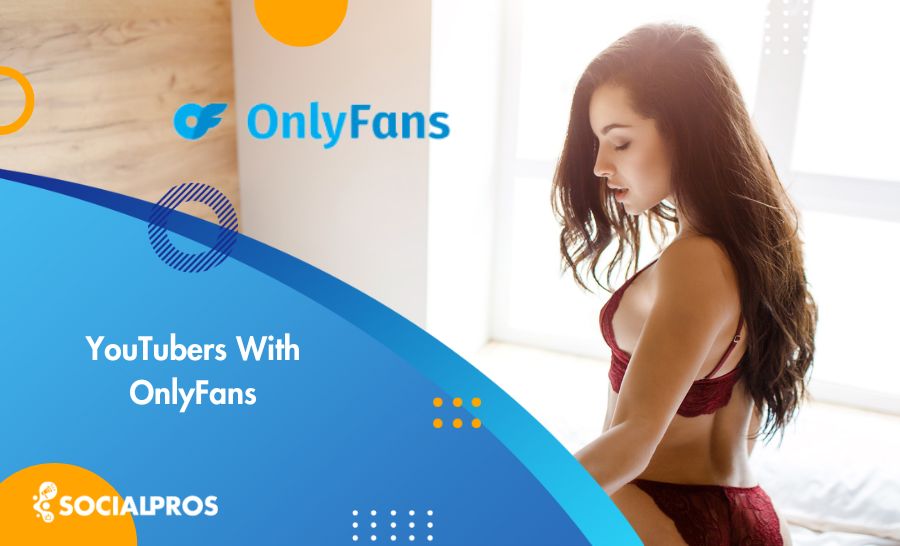Page Contents
How many social media apps do we no longer visit and have deleted from our phones? More than a few! Social media companies have risen and fallen frequently over the last couple of decades as they offered unique ways for users to communicate with each other.
Here are the stories of how several companies, both big and small, were ushered out of the social media marketing landscape, resulting in some of the biggest social media failures in 2024.
#1 Google+
We’ll be fair here—Google+ was not Google’s first attempt at creating a social media platform. The history of Google’s efforts to extend beyond being the king of search started in 2004, when Facebook wasn’t all that big yet, with Orkut. The next platform was Google Friend Connect, which crashed and burned in 2008 despite all the social media advertisements. Then they tried Google Buzz, which was also shelved within a year.
Google+ leaked early and had some serious interest built up with the ability to incorporate video chats more easily into social media and “Circles,” which allowed you to share things with certain people like coworkers and friends in a way reminiscent of what most social platforms allow now.
However, several problems led to Google+’s demise. First, there were nonstop complaints about spam, including random bots making weird posts within groups and event spam, which involved strangers inviting users to unknown events and those events conveniently showing up in a user’s calendar, forcing them to take the time to delete them. The annoying nature of these issues drove some people away.
The biggest issue with Google’s social media platform wasn’t just bugs and spam, as those are fairly common with Facebook, Instagram, and just about every other platform. To many, the more significant issue that brought Google+ down was Google forcing some odd decisions upon existing Google users to increase engagement.
For example, in 2013, Google attempted to make users sign up for the social network just to leave comments on YouTube. This did not go over well.
In the end, Google+ offered some unique elements, like Google Hangouts, and many apps like Photos still exist as separate, functional entities, but Google tried too hard to make people use the platform.
#2 Yik Yak
The social media platform with a cute, fuzzy, and friendly-looking yak icon had something a little more sinister behind it, though we can’t say it was intentional. Yik Yak launched in 2014, quickly raising $70 million and becoming the 9th most downloaded app in the United States.
Since YikYak is a location-based app with anonymous sharing, no one knows who is who unless someone tells them. Unfortunately, this feature became very popular on high school and college campuses, where it became a major source of issues.
Without offering much moderation, Yik Yak became a hotbed of cyberbullying and bomb threats, which resulted in many arrests, as users didn’t seem to understand that imminent threats of violence are against the law and are not protected by free speech laws.
While people make stupid threats on platforms like Facebook all the time, the key difference here is that Yik Yak’s location-based method meant that everyone nearby could see it, and there was no effective way to filter out the bad stuff.
In addition, if a student or person on campus was being cyberbullied, the victim knew that the person making the comments was indeed nearby, which is scary in itself.
#3 MySpace
Remember Tom, the smiling dude in a white shirt who would be automatically assigned as the first friend of a new MySpace user? MySpace is the first popular social media website and became the most visited website in the world in 2006.
Users could have select circles of friends and post their favorite music (or even their own music), and it was mostly fun.
The timing and innovation weren’t quite right, though. Facebook had launched just a couple of years before and offered a more intuitive interface with less customization, which might have been good for people who were just looking to connect with family and friends, at least at the time.
MySpace is a failure in the sense that it didn’t capture the hearts and minds of social media users in the long term, while Facebook continues to do so for the most part. But Tom from MySpace is most certainly a success in his own right after selling the company for a cool $580 million after just two years. Now Tom can relax, surf, and play slots on casinos.com instead.
#4 Vine
We’ll say that Vine made a good effort and had hundreds of millions of users but ultimately failed because the microblogging video site didn’t make sense from a money or functional user standpoint.
Many of our readers regularly use TikTok or Instagram, where users can post videos that are three seconds to 10 minutes long. Vine, in contrast, only offered a simple six-second video loop with no real experimentation.
To many users, these short videos were ultimately not enough, and its competitors promptly put Vine away by allowing longer videos with better editing and filtering abilities.
Social Media Failures: FAQs
Q1. What Were the Biggest Social Media Failures in 2024?
Some of the biggest social media failures in 2024 included platforms like Google+, Yik Yak, MySpace, and Vine. These platforms either failed to sustain user interest, faced significant operational challenges, or could not compete with emerging social media giants.
Q2. Why Did Google+ Fail?
Google+ faced several issues leading to its failure, such as persistent spam, inconvenient user requirements (like forcing YouTube users to sign up for Google+ to comment), and general user dissatisfaction with Google’s attempts to integrate the platform with other services.
Final Words About Social Media Failures
Many companies have attempted to enter the social media space in the last couple of decades, and some have succeeded through the waves of competition. Others couldn’t figure out how to make money off the social media business model or, like Google, pushed too hard to integrate all the features users already enjoyed with others they didn’t.
It led to many social media failures throughout the years, making us question whether success in the social media industry is more about timing, innovation, or understanding user behavior.






